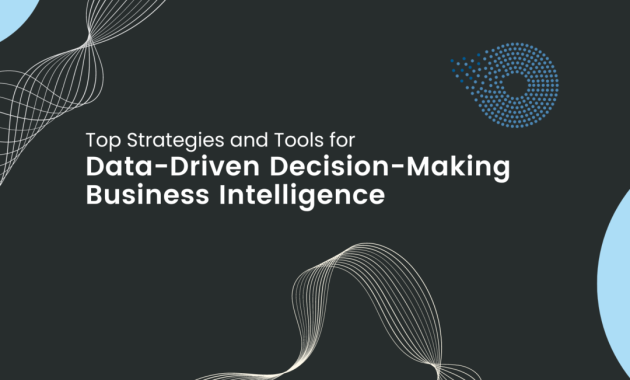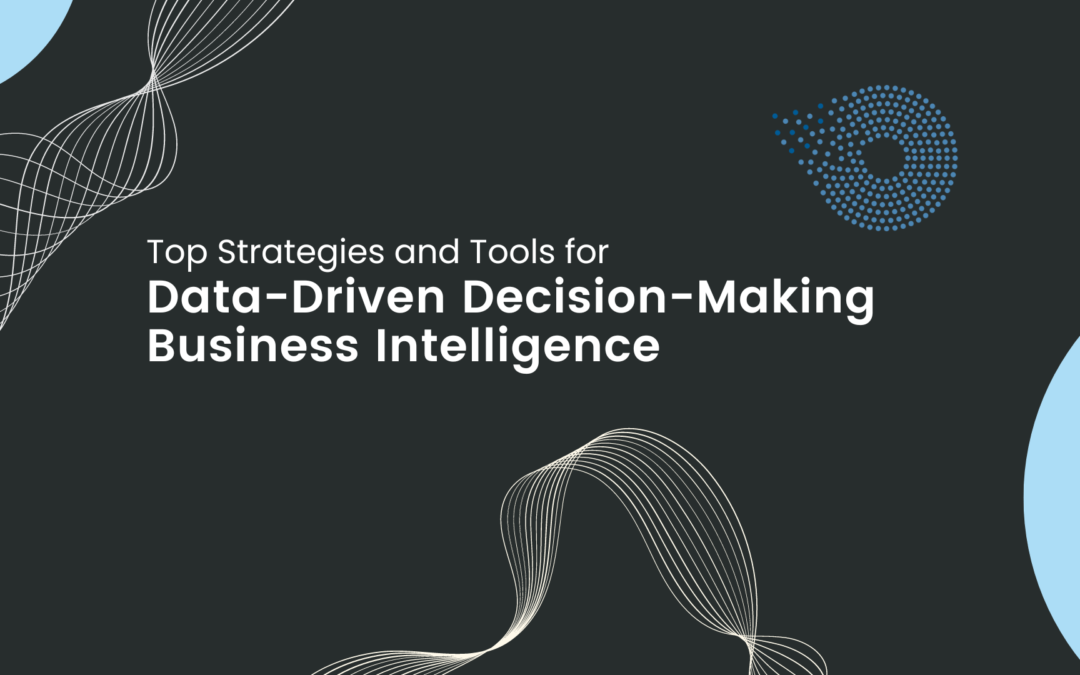
Top 3 Business Intelligence Tools to Make Faster Decisions: A Data-Driven Guide
In today’s fast-paced business environment, the ability to make quick, informed decisions is no longer a luxury; it’s a necessity. Companies that can analyze data, identify trends, and adapt quickly have a significant competitive advantage. This is where business intelligence (BI) tools come into play. They empower businesses to transform raw data into actionable insights, leading to faster and more effective decision-making. This article explores the top 3 business intelligence tools designed to help you make better decisions.
The choice of a BI tool depends on a variety of factors, including the size of your organization, your industry, and your specific data analysis needs. However, the following tools consistently rank among the best in the market, offering powerful features and user-friendly interfaces. These business intelligence tools are not just about crunching numbers; they are about providing the context and clarity you need to steer your business toward success.
Understanding the Power of Business Intelligence
Before diving into specific tools, it’s crucial to understand the core concept of business intelligence. BI is the process of collecting, analyzing, and interpreting data to gain insights that inform business decisions. It involves various techniques, including data mining, data warehousing, online analytical processing (OLAP), and reporting. The goal is to provide a comprehensive view of the business, enabling stakeholders to understand performance, identify opportunities, and mitigate risks.
Effective business intelligence allows businesses to:
- Improve decision-making by providing data-driven insights.
- Identify and capitalize on market trends.
- Optimize operational efficiency.
- Enhance customer satisfaction.
- Gain a competitive edge.
The right business intelligence tools are essential for unlocking these benefits. They streamline the data analysis process, making it easier to extract valuable information from complex datasets. The result? Faster, more accurate decisions.
Tool One: Tableau
Tableau is a leading business intelligence tool known for its intuitive interface and powerful visualization capabilities. It allows users to connect to a wide range of data sources, including databases, spreadsheets, and cloud services. Tableau’s drag-and-drop interface makes it easy to create interactive dashboards and reports, even for users without extensive technical skills. The visualization features are particularly strong, enabling users to present data in a clear and engaging manner.
Key Features of Tableau:
- Interactive Dashboards: Create dynamic dashboards that allow users to explore data and uncover insights.
- Data Visualization: Offers a wide range of visualization options, including charts, graphs, and maps.
- Data Connectivity: Connects to various data sources, including cloud platforms and on-premise databases.
- User-Friendly Interface: Drag-and-drop interface simplifies data analysis.
- Collaboration: Supports collaboration and sharing of dashboards and reports.
Tableau is an excellent choice for businesses that prioritize data visualization and user-friendliness. Its ability to create compelling visuals makes it ideal for communicating insights to stakeholders. It’s a great tool for anyone who wants to make faster decisions by understanding their data.
Tool Two: Microsoft Power BI
Microsoft Power BI is another powerful business intelligence tool that has gained significant popularity. It is known for its integration with other Microsoft products, such as Excel and Azure. Power BI offers a comprehensive suite of features, including data preparation, data modeling, data visualization, and reporting. It is a cost-effective solution, especially for organizations already invested in the Microsoft ecosystem.
Key Features of Power BI:
- Data Modeling: Provides robust data modeling capabilities.
- Integration: Seamlessly integrates with Microsoft products.
- Data Preparation: Offers powerful data preparation tools.
- Custom Visualization: Supports custom visualizations.
- Collaboration: Facilitates collaboration and sharing.
Power BI is a strong contender for businesses looking for a comprehensive and cost-effective business intelligence solution. Its integration with the Microsoft ecosystem makes it a natural fit for many organizations. Its capabilities help in making faster decisions.
Tool Three: Qlik Sense
Qlik Sense is a business intelligence tool that emphasizes data discovery and associative analysis. Unlike traditional BI tools that rely on predefined queries, Qlik Sense allows users to explore data freely and uncover hidden relationships. Its associative engine automatically highlights connections between data points, helping users identify patterns and trends that might be missed with other tools. This approach to business intelligence empowers users to make faster decisions.
Key Features of Qlik Sense:
- Associative Engine: Enables users to explore data freely and uncover hidden relationships.
- Data Discovery: Focuses on data discovery and exploration.
- Data Visualization: Offers a range of visualization options.
- Mobile Support: Provides mobile access to dashboards and reports.
- Data Governance: Includes robust data governance features.
Qlik Sense is an excellent choice for businesses that value data discovery and want to empower users to explore data freely. Its associative engine is a key differentiator, making it easy to uncover insights that drive faster decision-making. It is a powerful business intelligence tool.
Choosing the Right Tool for Your Needs
Selecting the right business intelligence tool is a crucial step in transforming your data into a valuable asset. Each of the tools discussed—Tableau, Microsoft Power BI, and Qlik Sense—offers unique strengths. Consider the following factors when making your decision:
- Ease of Use: How user-friendly is the tool, and what level of technical expertise is required?
- Data Sources: Does the tool support the data sources you need to connect to?
- Visualization Capabilities: Does the tool offer the visualization options you need to present your data effectively?
- Cost: What is the total cost of ownership, including licensing, implementation, and training?
- Integration: Does the tool integrate well with your existing systems and tools?
By carefully evaluating these factors, you can choose the business intelligence tool that best fits your organization’s needs and helps you make faster, more informed decisions. Remember, the goal is to empower your team with the insights they need to succeed.
Conclusion: The Future of Data-Driven Decision Making
The top 3 business intelligence tools discussed—Tableau, Microsoft Power BI, and Qlik Sense—represent a powerful suite of solutions for organizations looking to harness the power of data. Each tool offers unique strengths and caters to different needs, but they all share a common goal: to help businesses make faster, more informed decisions. As data continues to grow in volume and complexity, the importance of these tools will only increase. Embracing business intelligence is no longer optional; it’s essential for staying competitive in today’s market. By leveraging these tools, businesses can unlock valuable insights, optimize operations, and drive sustainable growth. Making faster decisions is now possible with these tools.
[See also: Related Article Titles]

